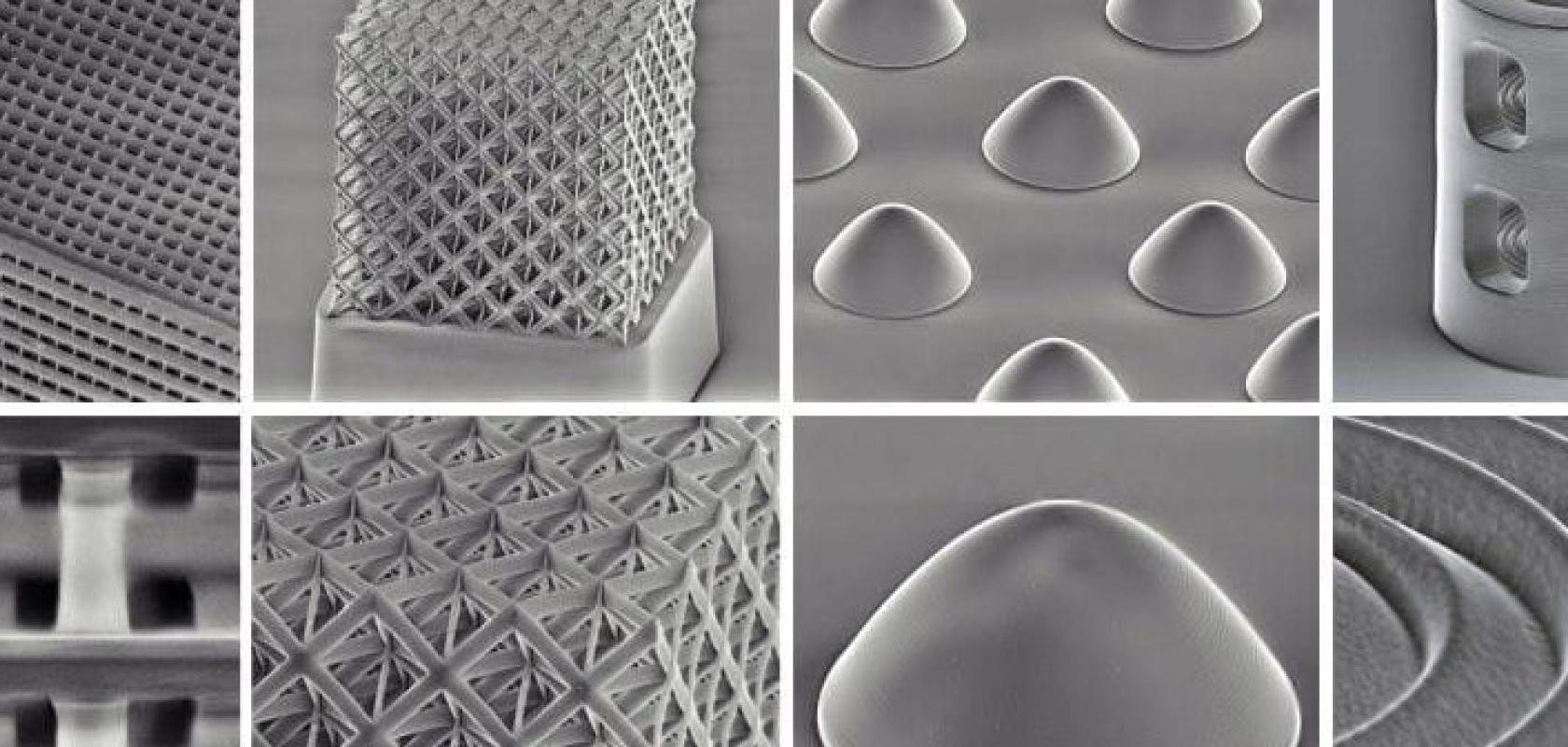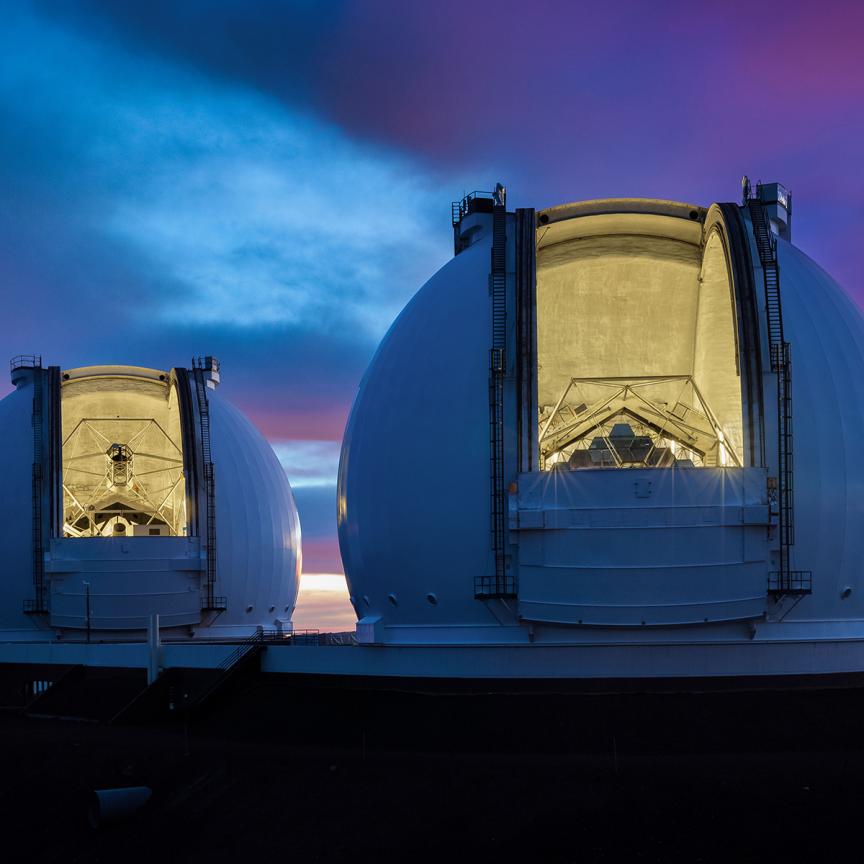Researchers from the University of California, Irvine have developed a low-temperature 3D printing method for creating free-form fused silica nanostructures, which they say could offer a new approach to manufacturing glass with high optical quality.
The team explained in Science that with a hybrid organic-inorganic polymer resin, it’s possible to 3D print nanoscale optical-grade glass at temperatures around half of what other approaches require.
They say this approach could transform current silica glass manufacturing methods, allowing it to be used across a wide variety of new technological applications.
Thanks to their unique thermal, chemical, and mechanical properties, as well as their transparency, silica glasses are used in various microsystem technologies, including micro-optics, photonics, microelectromechanical systems, and microfluidics. However, conventional glass manufacturing methods rely on high temperatures and/or forming techniques that limit how small a component can be made, the researchers say.
They add that the temperatures required for sintering particle-based silica glass resins often exceed the melting points of other materials used in electrical circuits, making it unfeasible to manufacture on-chip glass components.
To address these issues, the researchers developed a sinter-free, TPP 3D printing approach for creating free-form fused silica nanostructures. Using a polyhedral oligomeric silsesquioxane resin as a feedstock, the team 3D printed transparent fused silica glass nanostructures at only 650°C, which they say is roughly 500°C lower than the sinter temperatures required by other approaches. This brought the manufacturing temperatures below the melting points of essential microsystem materials and components.
The team also claims that the high-resolution glass structures produced by their method exhibit excellent optical qualities, allowing them to be used in visible light nanophononics.
Paolo Colombo and Giorgia Franchin added in a related paper: “The limited firing temperature requirement of this approach allows in principle for the fabrication of miniaturised devices directly onto substrates, such as optical fibres and chips, which could enable process automation and high precision.”


